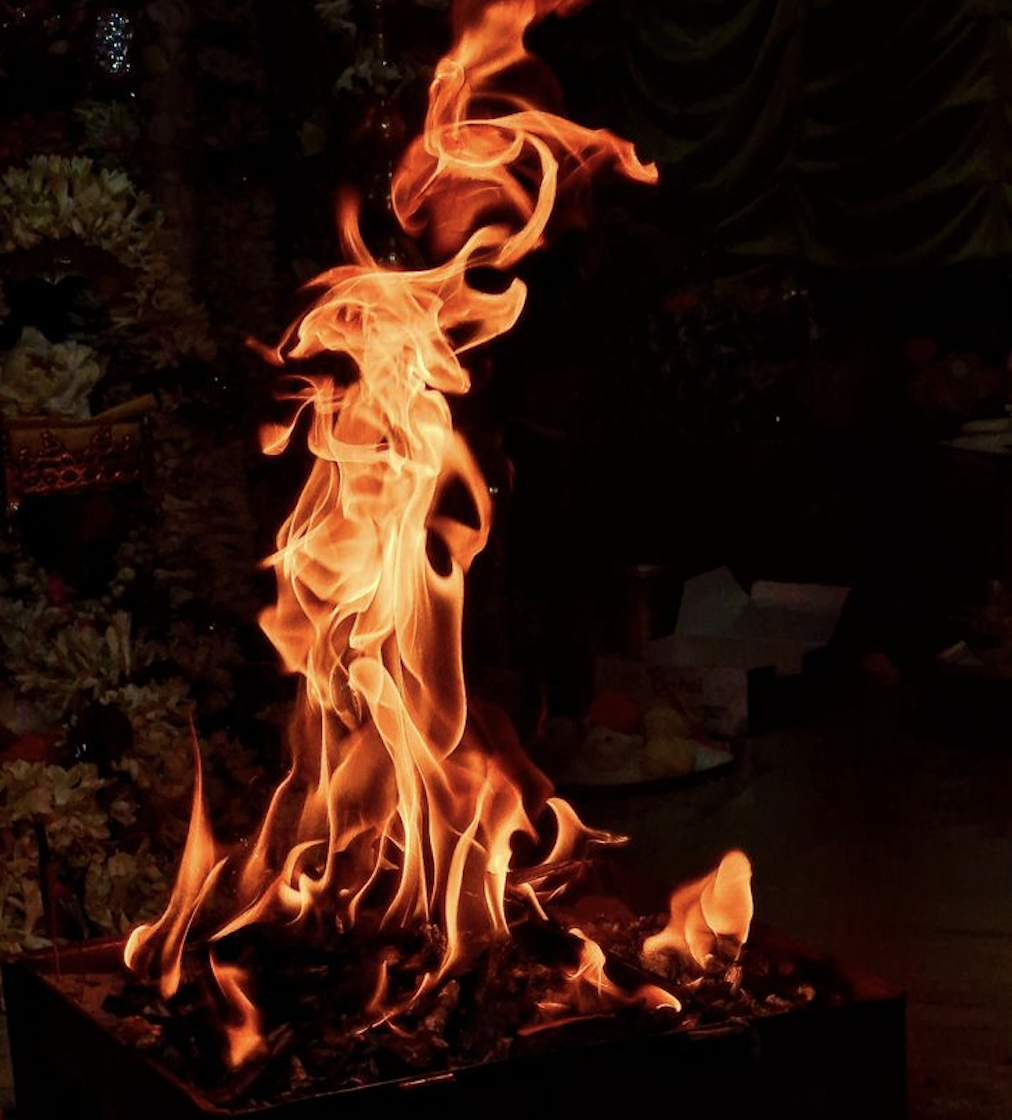Agni: The Mystic Fire of the Rig Veda and the Yoga of Inner Flame

The Rig Veda, the oldest surviving scripture of humanity, begins with a hymn to Agni, the fire. This is not a coincidence. Fire, for the Vedic seers, was more than a physical element; it was the living presence of the divine, the mediator between human aspiration and cosmic reality.
Agni is invoked as purohita — the inner priest, the guide of the soul. Every offering, every mantra, every yearning for truth is carried by Agni upward, bridging earth and heaven. Fire was the first altar, the first messenger, the first guru.
Yet beyond the ritual fire on the Vedic altar lies another, more secret fire — the mystic fire within the human heart. The Rishis knew that the real yajna (sacrifice) is not outside, but inside. To visualize fire in the heart, to feel its glow, to feed it with breath and mantra — this is the yoga of Agni, the inner fire practice.
The Inner Fire as Yoga
When one sits in stillness, eyes closed, breath steady, and imagines a flame within the chest, a profound alchemy begins:
-
The fire burns away heaviness — fear, anger, attachment dissolve in its heat.
-
The fire illuminates consciousness — from confusion to clarity, from darkness to radiance.
-
The fire becomes the altar — every breath is an offering, every thought a sacrifice, every mantra a spark rising upward.
This practice is a form of mystic fire yoga, rooted in the Rig Veda but resonating with tantric and yogic streams that later emerged across the Himalayas. The Tibetan practice of tummo, the tantric hridaya agni sadhana, even the Upanishadic vision of the “flame the size of a thumb in the heart” — all echo this Vedic insight.
Agni as the Flame of Consciousness
The Rig Veda calls Agni jātavedas — the knower of all births. He is the witness within, the spark that has traveled through lifetimes. When one contemplates the heart-flame, one communes with this eternal witness.
Agni is also vaishvānara, the universal fire that lives in all beings, digesting food, sustaining life, transforming matter into energy. In yogic practice, this expands: the inner fire is not only personal but cosmic. To awaken it is to feel the pulse of the universe itself.
The Eternal Fire
Agni is not only in the temple, the yajna, or the ritual hearth. Agni is in us. The Rig Veda reminds us that the human body itself is the altar, the breath the offering, the heart the eternal fire.
To live with awareness of Agni is to live with the flame of truth burning within, guiding every act, every word, every silence. The mystic fire yoga of the Rig Veda is not a forgotten ritual of the past — it is a living doorway to inner transformation, waiting to be kindled in the seeker’s heart.
Read other blogs and articles

Agni: The Mystic Fire of the Rig Veda and the Yoga of Inner Flame
The Rig Veda, the oldest surviving scripture of humanity, begins with a hymn to Agni, the fire. This is not a coincidence. Fire, for the Vedic seers, was more than a physical element; it was the living presence of the divine, the mediator between human aspiration and cosmic reality.
Agni is invoked as purohita — the inner priest, the guide of the soul. Every offering, every mantra, every yearning for truth is carried by Agni upward, bridging earth and heaven. Fire was the first altar, the first messenger, the first guru.


